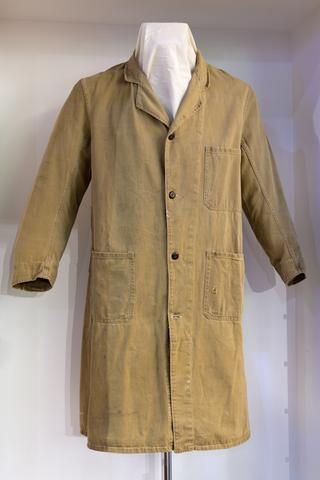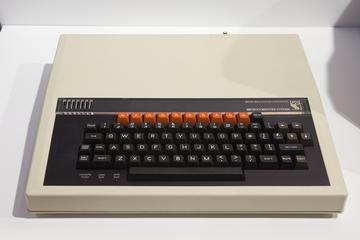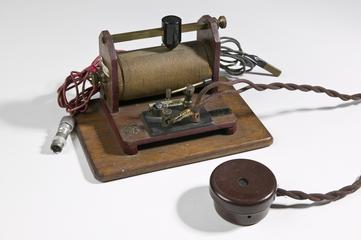
Replica of the 'Baby' or SSEM computer
- Made:
- 1998 in Manchester urban district















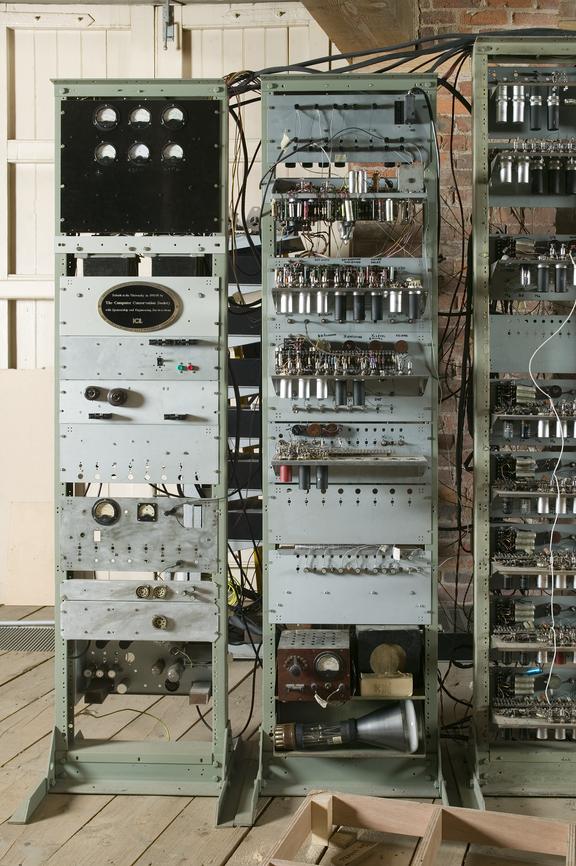
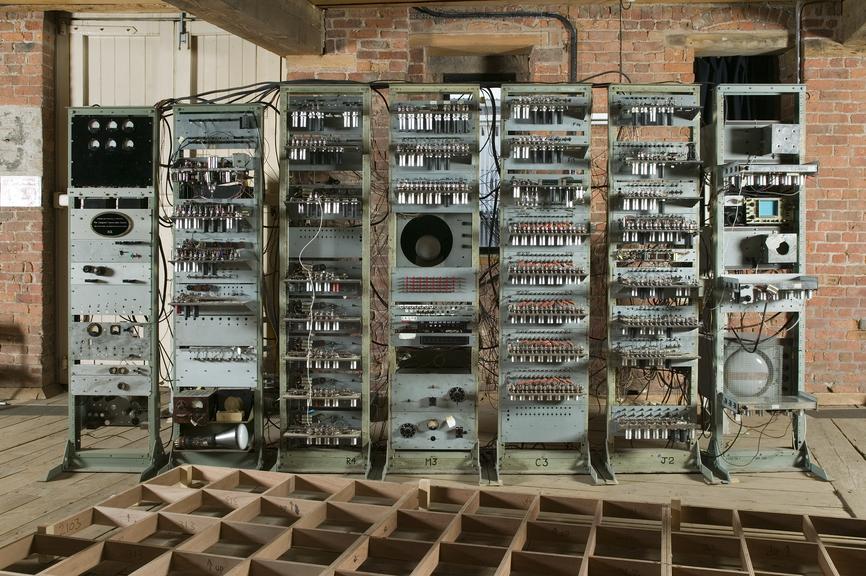
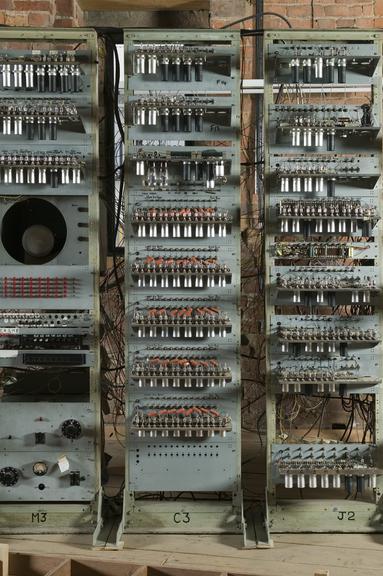
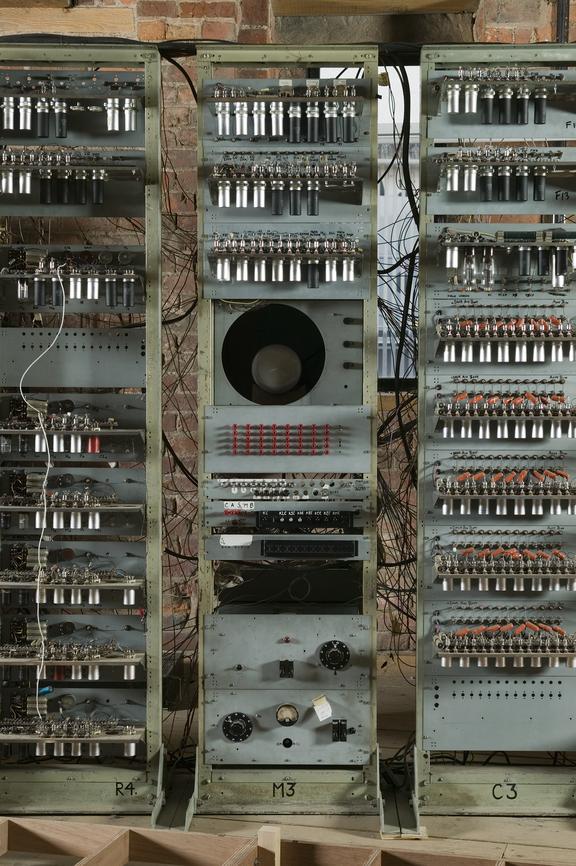
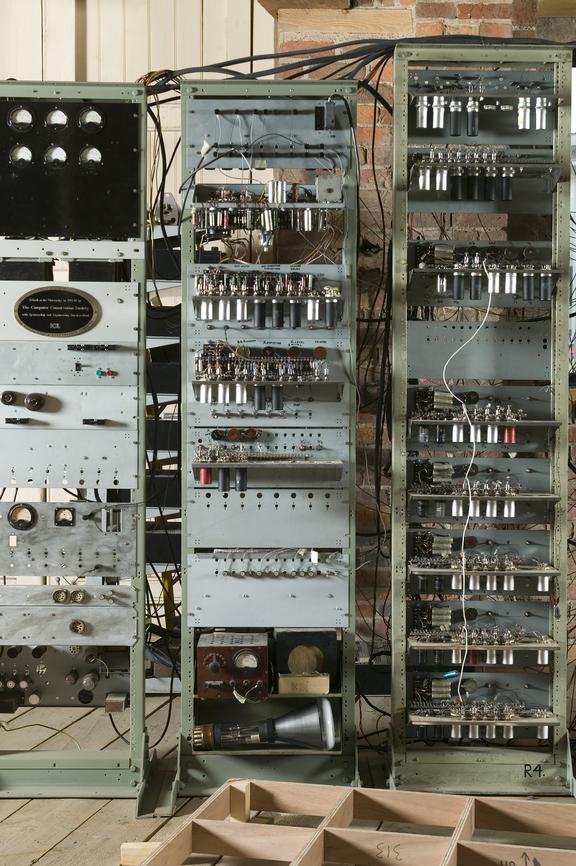
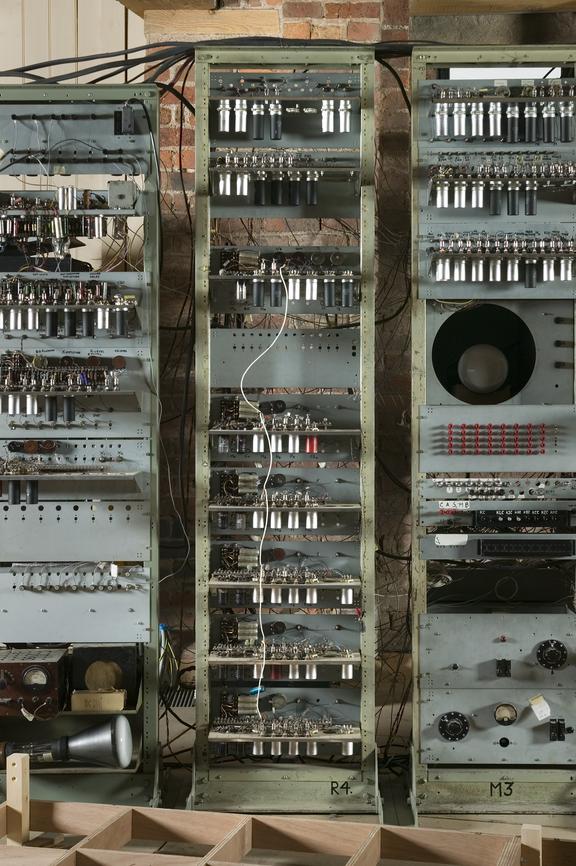
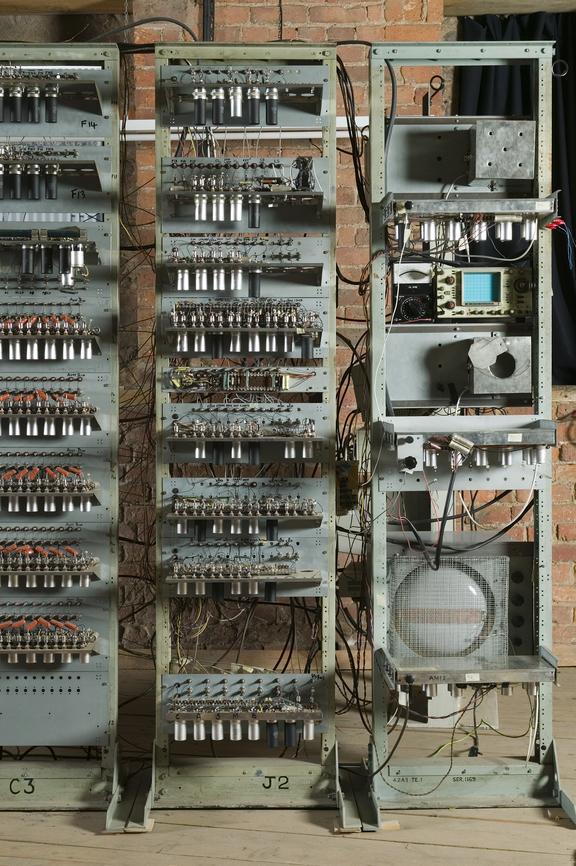
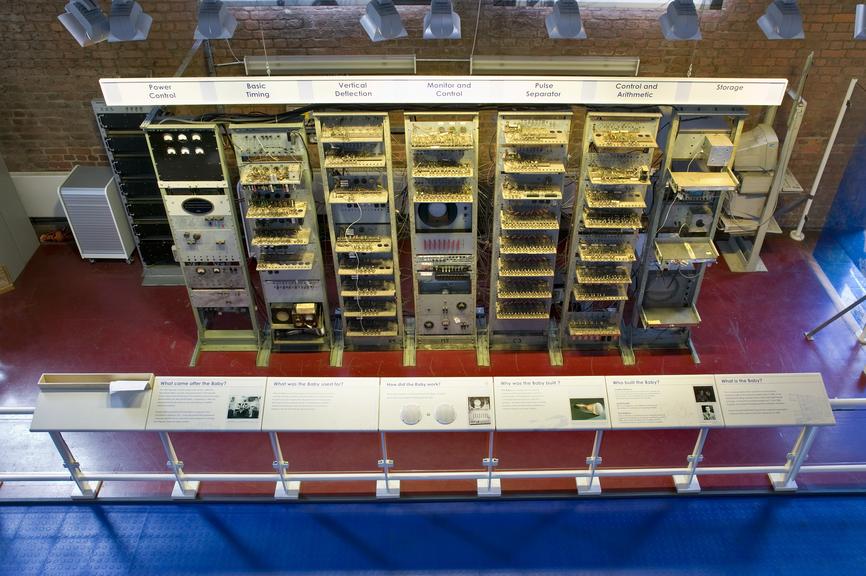

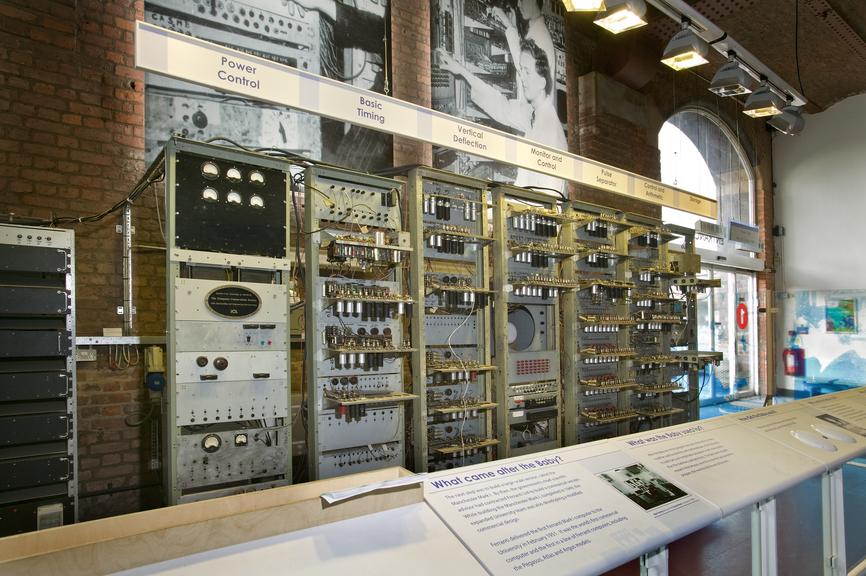
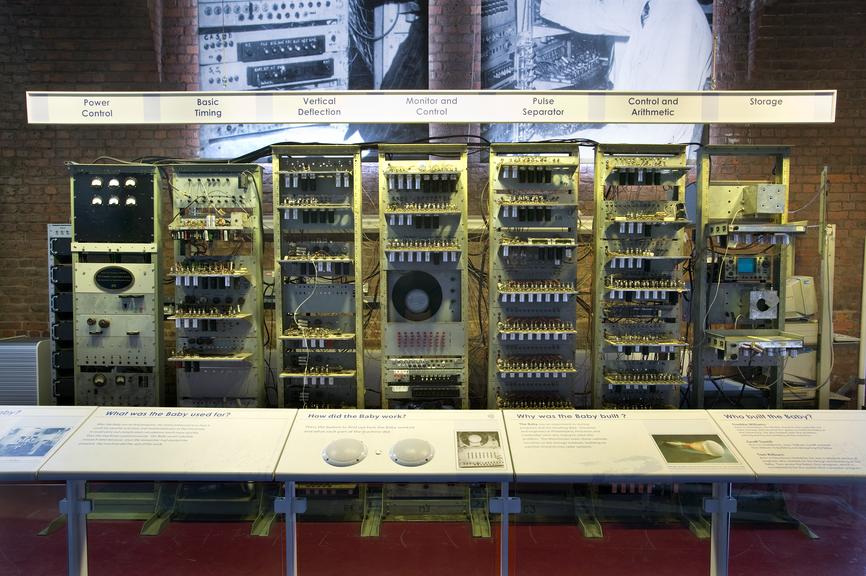
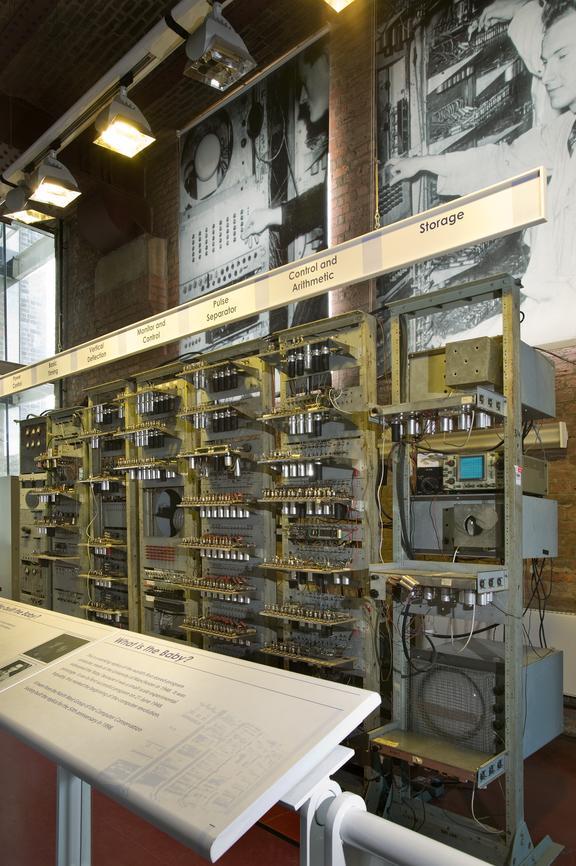
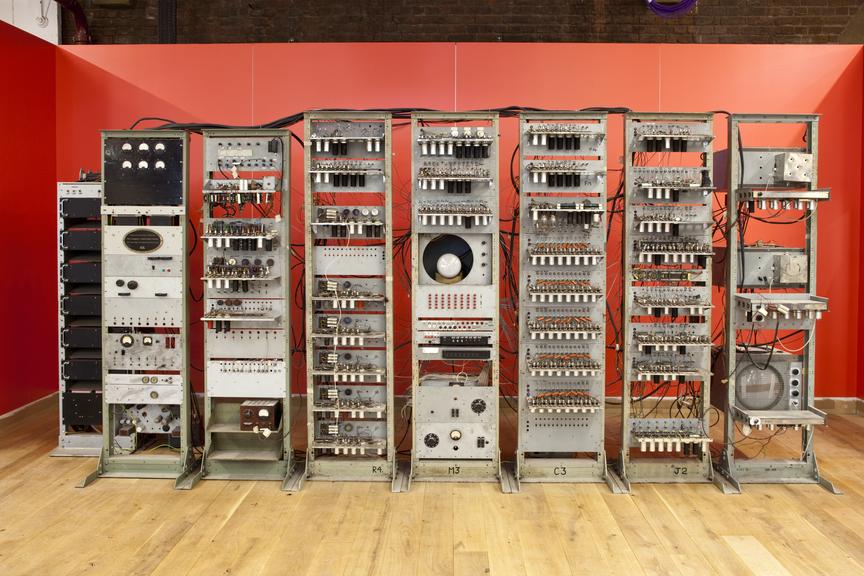
Replica of the 'Baby' or SSEM computer, built by the Computer Conservation Society in 1998. The original 'Baby' was the world's first stored-program computer and ran its first program on 21 June 1948 in what is now known as the Kilburn Building at the University of Manchester .
The original Small Scale Experimental Machine (SSEM) nicknamed the 'Baby' computer, was developed as a research prototype to prove the concept of digital storage using the cathode-ray tube (CRT). The designers were Professor Freddie Williams, Tom Kilburn, and Geoff Tootill at the University of Manchester.
The team used technology developed for Second World War radar and communications equipment. The major components comprised 300 thermionic diodes (type EA50), 250 other thermionic valves (types EF50 and EF55 pentodes) and three cathode-ray tubes. The machine ran the world's first stored program at about 11.00 am on Monday 21 June 1948.
The replica was built to mirror the state of the original as it was on 21 June 1948, and was successfully run on the 50th anniversary.
Details
- Category:
- Computing & Data Processing
- Object Number:
- YS23/1998
- Materials:
- steel (metal), copper (metal), lead (metal), plastic (unidentified), glass and aluminium (metal)
- Measurements:
-
2300 mm x 4300 mm x 8600 mm, 1000 kg
- type:
- valve computer
- credit:
- British Computer Society - Computer Conservation Society

